What is LSD in a car? Why do car enthusiasts love it?
 JamesOct 08, 2025, 10:00 AM
JamesOct 08, 2025, 10:00 AM
[PCauto] When discussing high-performance car models, many automotive enthusiasts often hear the term "LSD" (limited slip differential) but may not fully understand its actual meaning.
As a critical hardware component in automotive engineering, LSD limited slip differential has long evolved from a secret weapon in professional racing to an important feature that enhances everyday driving experiences.
Its story began nearly a century ago, alongside the evolution of the automotive industry, continuously reshaping people's perceptions of control and safety.
The development of LSD can be traced back to the 1930s
In 1932, Ferdinand Porsche designed the first LSD for race cars, aiming to address the issue of rear-wheel hopping that caused loss of control during high-speed cornering.
This innovation quickly drew industry attention, and in 1935, ZF produced the first mass-manufactured Torsen LSD, which was initially applied to the Volkswagen military B-70 off-road vehicle, significantly improving the vehicle's capability in complex terrains.
In the following decades, mechanical LSDs rapidly gained popularity in rally racing. For instance, the Subaru Impreza enabled the dynamic balance of its four-wheel-drive system with the help of a Torsen center differential in 1992, helping the model dominate the WRC stage.
During this period, LSD primarily served professional racing events, which also established its status as a symbol of high performance.

In 1980, LSD technology began to penetrate the civilian market
In 1983, the Torsen T-1 was first equipped on the Hummer off-road vehicle, enhancing the power distribution capabilities between the front and rear axles.
Three years later, the Audi Quattro system adopted the Torsen central differential, improving the response speed of the four-wheel-drive system by 40%, setting a benchmark for high-performance sedans.
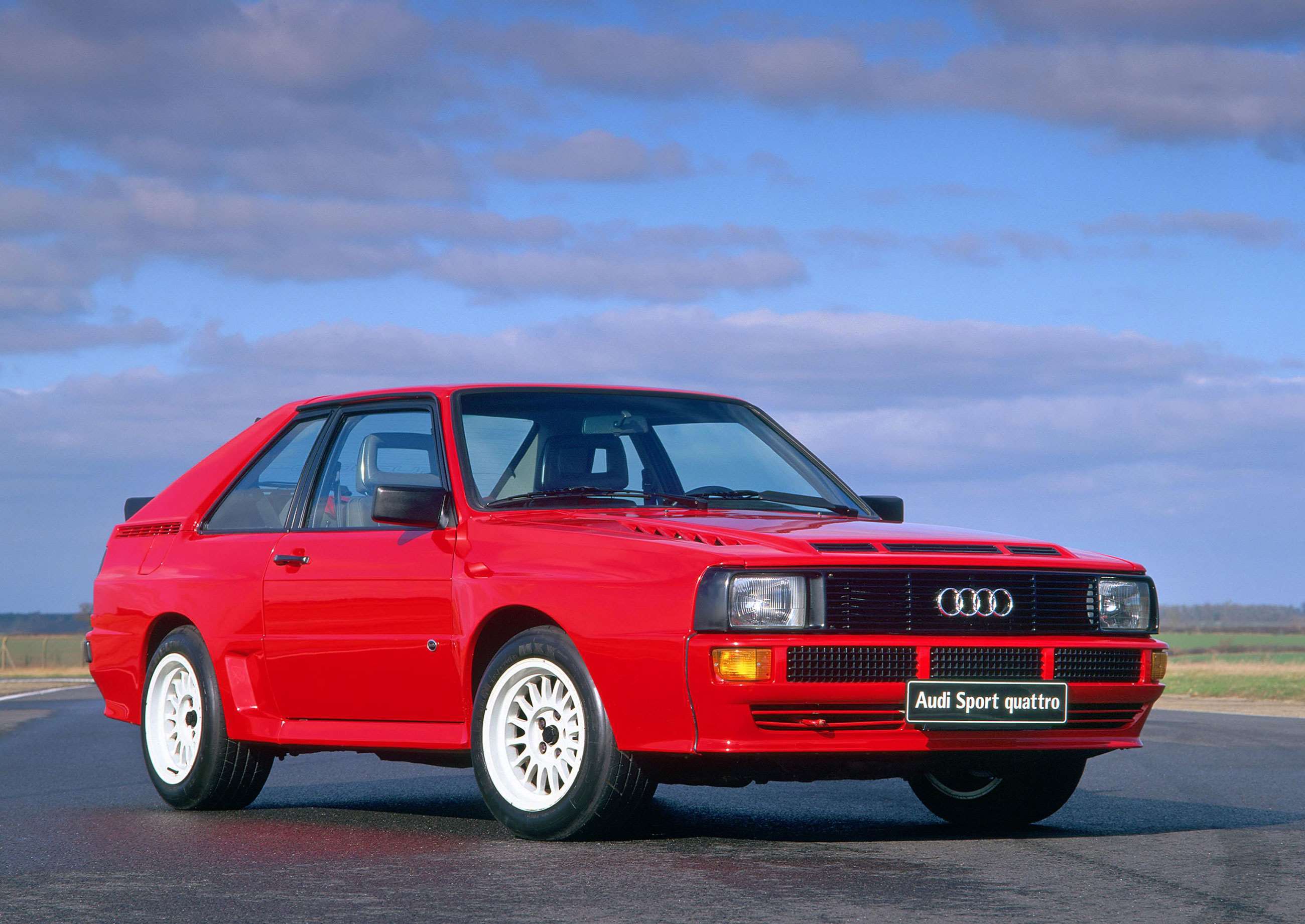
The 1990s witnessed the application of LSD in more vehicle models. For example, the 1994 Rover 600 TI COUPE was equipped with the Torsen T-2, enhancing its ability to escape slippery road conditions by 35%, pioneering the inclusion of LSD in luxury sedans.
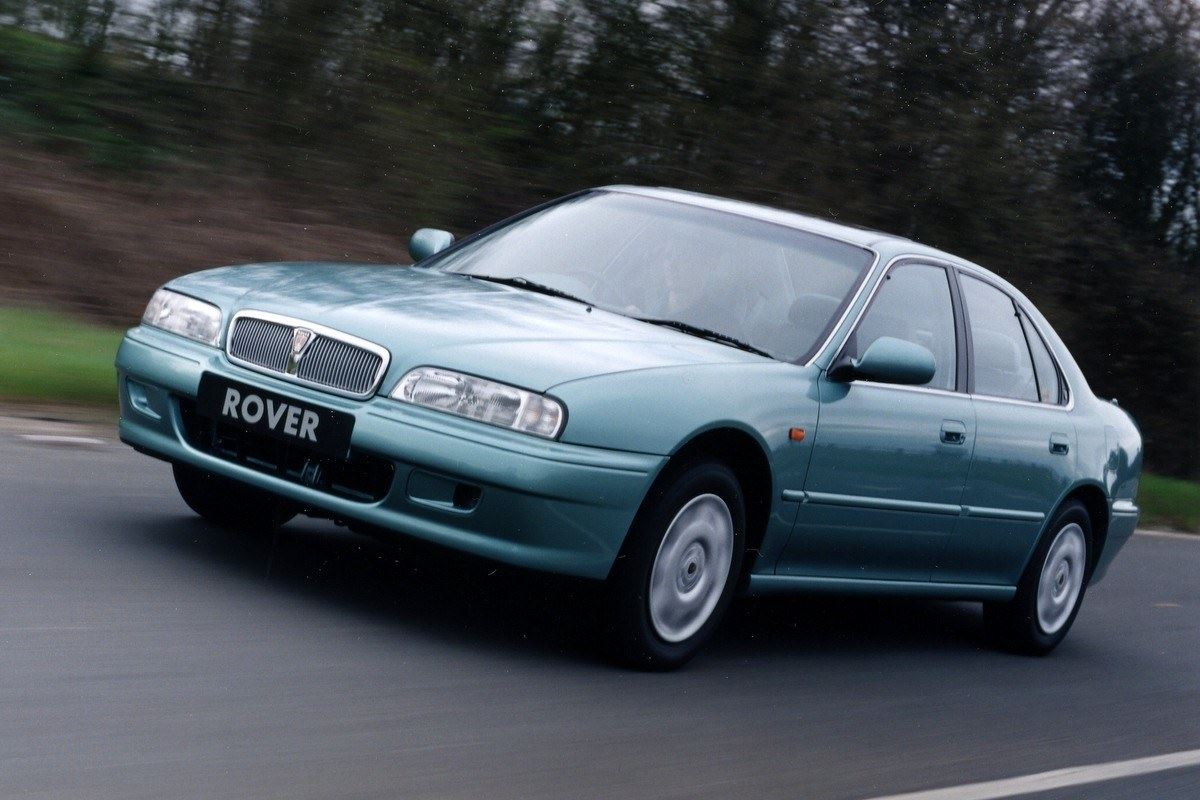
Meanwhile, the front-wheel drive performance car representative Honda Civic Type R equipped the EP3 version launched in 1999 with a mechanical LSD, successfully improving cornering exit speed by 15%, proving the universal value of LSD in different drive configurations.
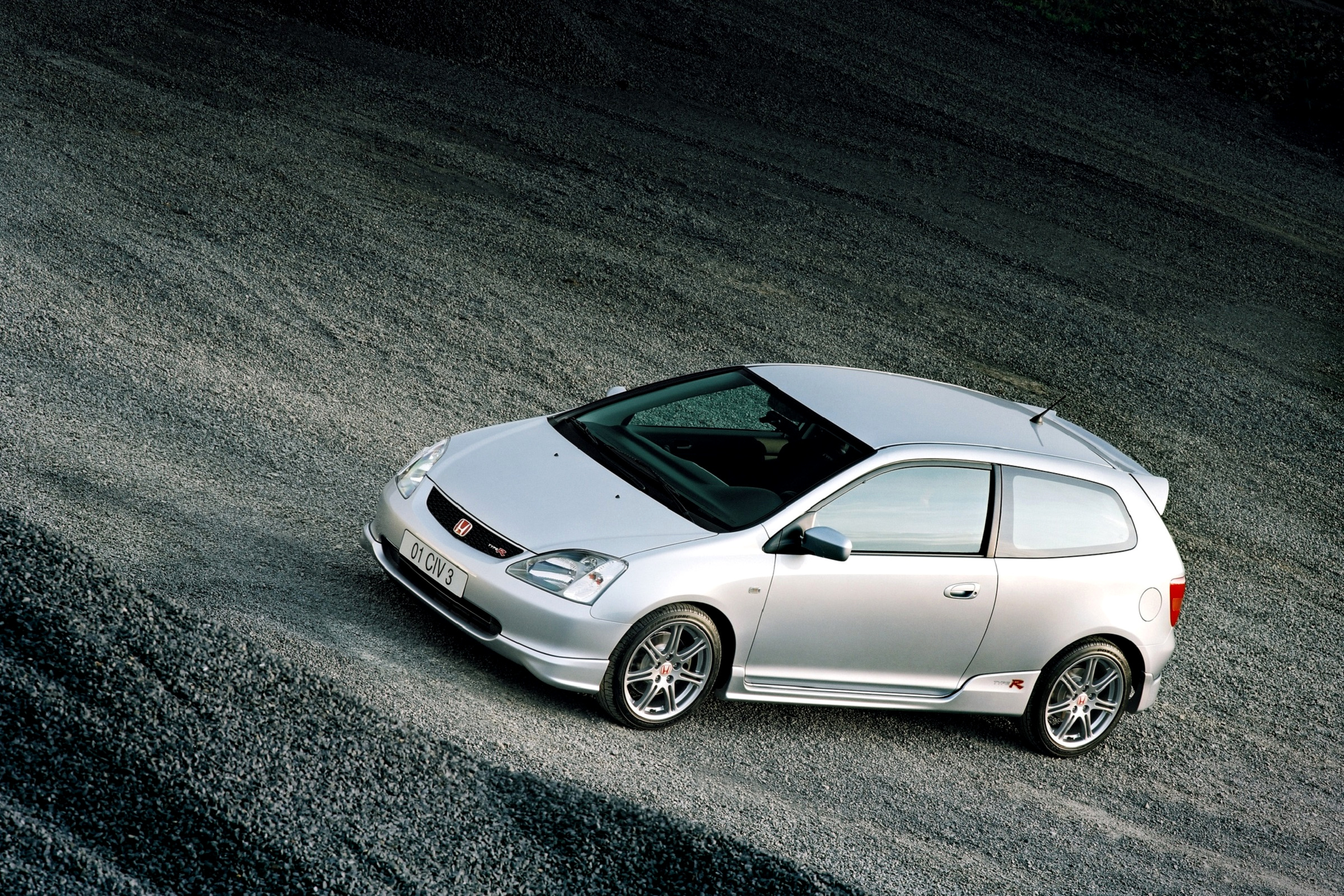
The rise of electronic control technology has driven another innovation in LSD
In the 2000s, General Motors launched the e-LSD system, which adjusts the locking rate in real time through sensors. For example, the Cadillac CT5 improved steering stability on slippery roads by 25% as a result.
This technology was subsequently extended to more mass-produced models. The 2023 MG7 became the only family sedan equipped with e-LSD, reducing cornering slippage in rainy conditions by 40%.
At the same time, the rear-wheel drive sports car representative Toyota 86 was equipped with a Torsen LSD as standard in 2012, improving rear-wheel drive handling by 30%, and was rated by professional media as the best entry-level rear-wheel drive car.
In recent years, hybrid models have also begun integrating LSD technology. The 2017 Lexus LC, through the cooperation of a Torsen LSD and hybrid system, achieved an impressive 0.92g performance in the moose test.
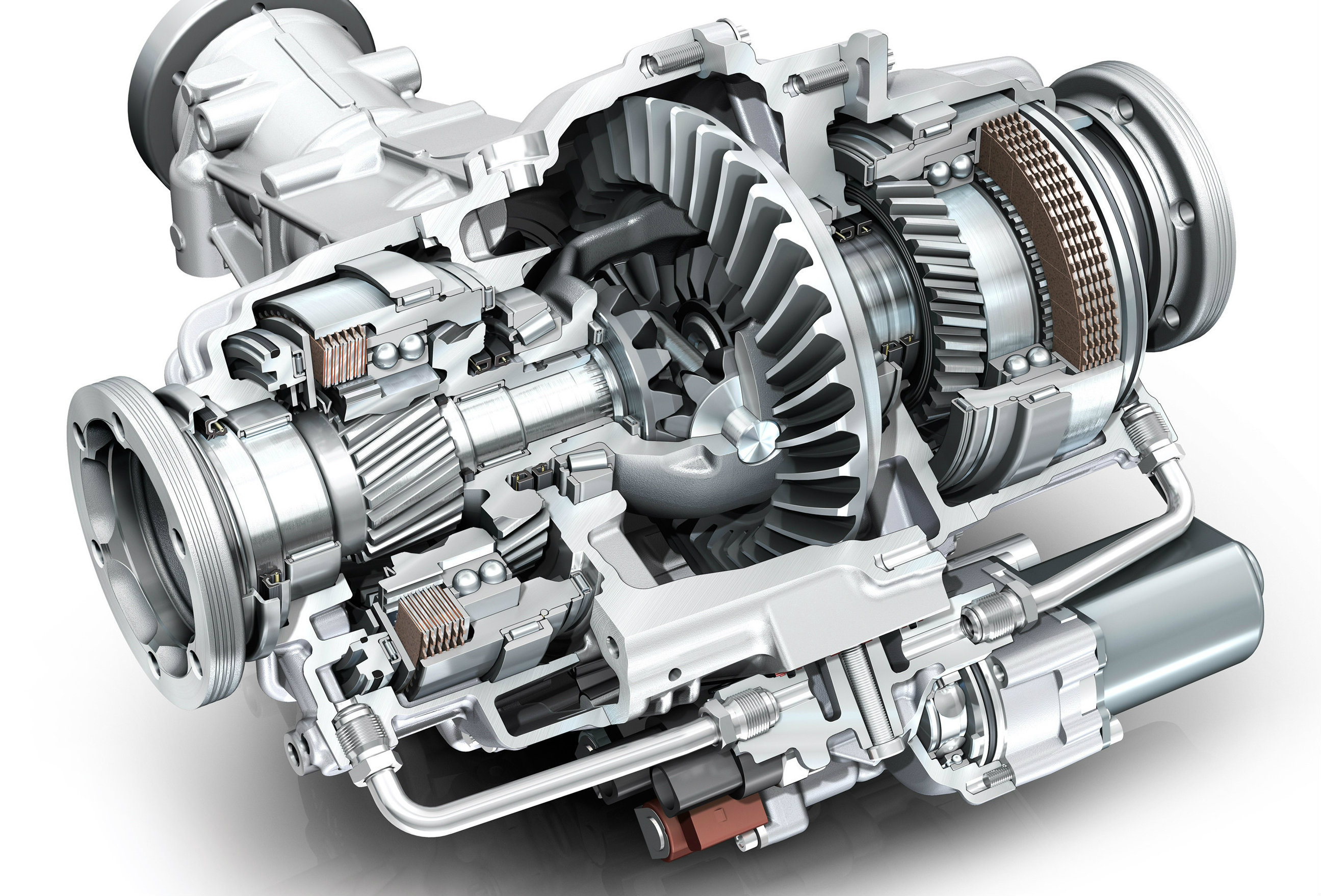
The performance improvement brought by LSD is very significant. On the track, the 2022 Toyota GR86 equipped with LSD was 2.3 seconds faster per lap compared to the open differential version, highlighting the advantage of LSD in extreme driving conditions.
In daily driving, LSD also plays an important role. The E-LSD in the MG7 reduces the risk of losing control on wet roads by 55%.
For the 1999 Mitsubishi Pajero, the combination of LSD and the ASTC system improved mud recovery efficiency by 60%.
LSD can also enhance handling precision. The Torsen LSD in the 2007 BMW M3 E92 provided more balanced power distribution when exiting corners, reducing understeer by 35%. These data underscore the significant value of LSD in balancing power distribution and stability.
With technological advancements, LSD has evolved into different types to meet various needs
Mechanical LSDs, such as Torsen differentials, utilize worm gear principles to achieve self-locking functionality. Their maintenance-free characteristic makes them widely used in hardcore off-road vehicles like the Toyota Prado and Lexus GX.
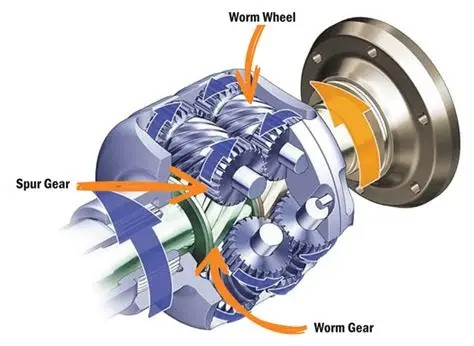
Clutch-type LSDs use multiple sets of clutch plates to achieve adjustable locking rates. They are commonly found in aftermarket brands like CUSCO and Quaife, suitable for track and drifting scenarios.
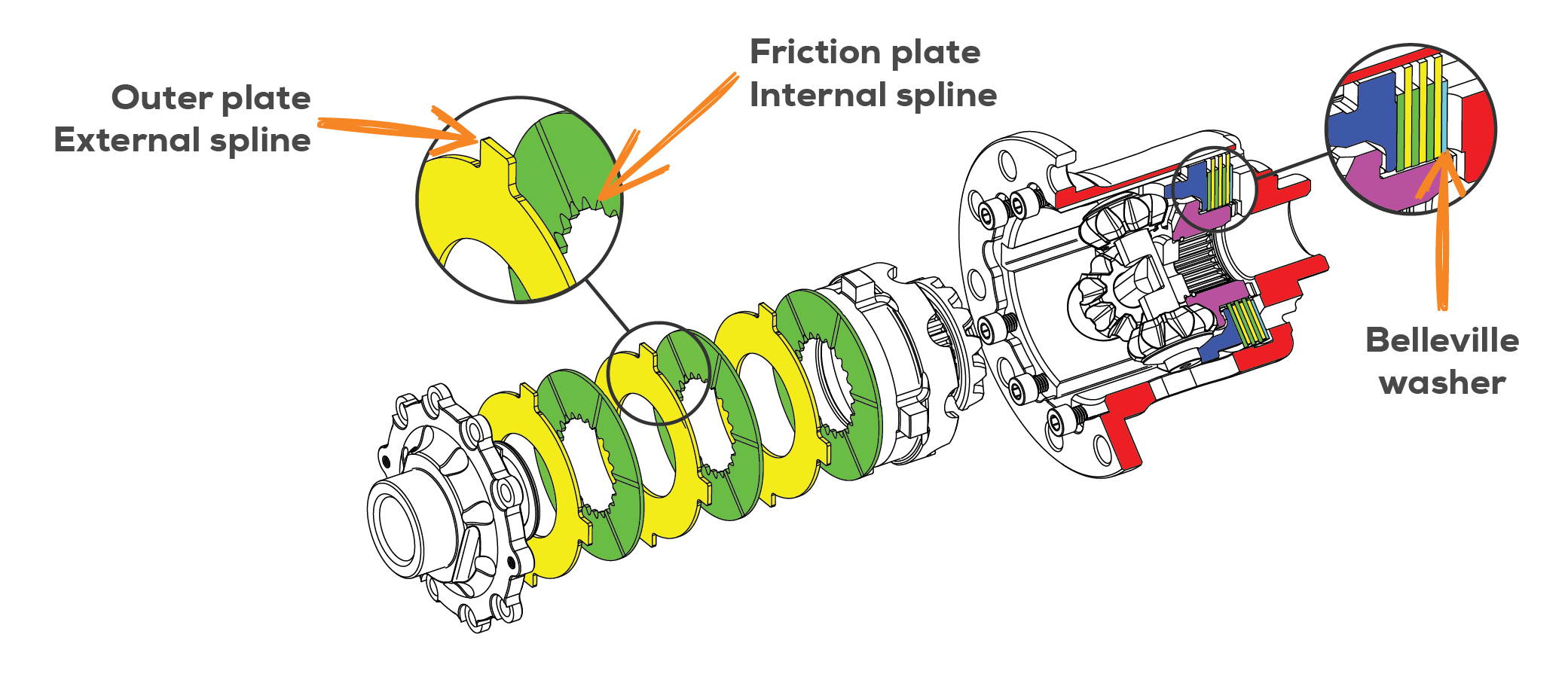
The electronically controlled LSD dynamically adjusts the locking rate through sensors and works in conjunction with the vehicle stability system, becoming mainstream in performance sedans like the Cadillac CT6.
These technological diversifications not only enhance vehicle performance but also broaden the application scenarios of LSDs.
For ordinary consumers, LSDs are no longer an unattainable track-exclusive feature
Front-wheel-drive performance cars like the Honda Civic Type R use front axle LSDs to optimize power distribution during cornering, making it an entry-level choice for those pursuing driving pleasure.
Rear-wheel-drive sports cars such as the Toyota 86 and Mazda MX-5 Miata come with standard LSDs in some high-end versions, injecting track genes into daily driving.
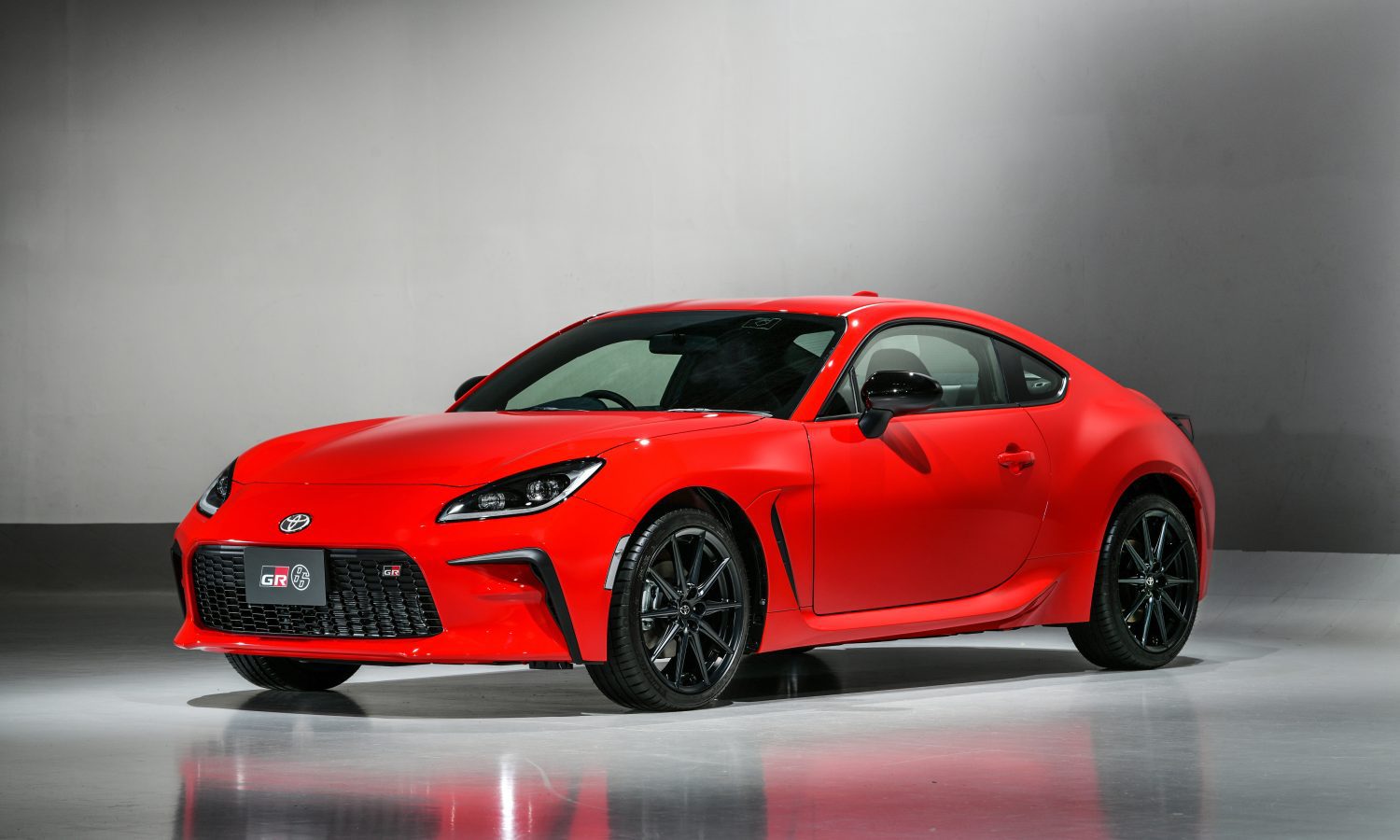
In the luxury sedan segment, the top-spec Cadillac CT5 is equipped with a mechanical LSD, complementing its magnetic suspension to achieve track-level handling.
Even in the compact sedan market, the MG7 introduces an E-LSD at an affordable price, allowing more consumers to experience the charm of advanced chassis technology.
In the off-road segment, Mercedes-Benz G-Class and Jeep Wrangler Rubicon models use central differential locks to enhance off-road capability, meeting the needs of outdoor exploration.

LSD technology continues to evolve
The wave of electrification has given rise to torque vectoring systems, such as the Porsche Taycan utilizing electronic LSD to achieve independent torque control for all four wheels, enhancing cornering grip by 50%.
In the future, with the widespread adoption of electronic control technology, E-LSD is expected to become standard equipment in more mass-produced models, further optimizing vehicle dynamic response.
From race track experiments in 1932 to today's diverse applications, the LSD limited-slip differential has proven its irreplaceable role in the automotive industry over nearly a century.
If any infringement occurs, please contact us for deletion
Trending News

BYD Sealion 7 is not only cheaper than Tesla Model Y, what other differences do they have?
Is it better to buy the BYD Sealion 7 or the Tesla Model Y? This really makes one a bit hesitant, but before you make a decision, I recommend you take a good look at this article.

Toyota Land Cruiser FJ did not disappoint, the most anticipated civilian off-road vehicle is back.
Since its birth in 1951 under the name Toyota BJ, the Land Cruiser series has accumulated sales of approximately 12.15 million units in over 190 countries and regions worldwide, becoming a global off-road icon spanning more than 70 years.

2026 Toyota Hilux Travo released, the brand-new exterior and interior are highly anticipated
If you're considering buying a Hilux, honestly, the comprehensive innovations in the ninth generation are worth waiting for. While the current model might still have some advantages in terms of reliability and price, the new model offers significant changes in terms of exterior and interior luxury, tech features, and powertrain options.

Toyota Corolla Cross mid-term facelift in China, featuring a new front face and interior design
Toyota released the mid-cycle facelift of the Toyota Corolla Cross in China. In China, this vehicle produced by GAC Toyota is called Frontlander, and it is the same model as the Toyota Corolla Cross produced by FAW Toyota.

In Malaysia, which sliding door MPVs are available?
The numerous advantages of sliding door MPVs make many people fond of this type of vehicle. However, MPVs are not a mainstream choice in the car market, so many people might not know which MPVs are available domestically.
Popular Cars
Car Compare

